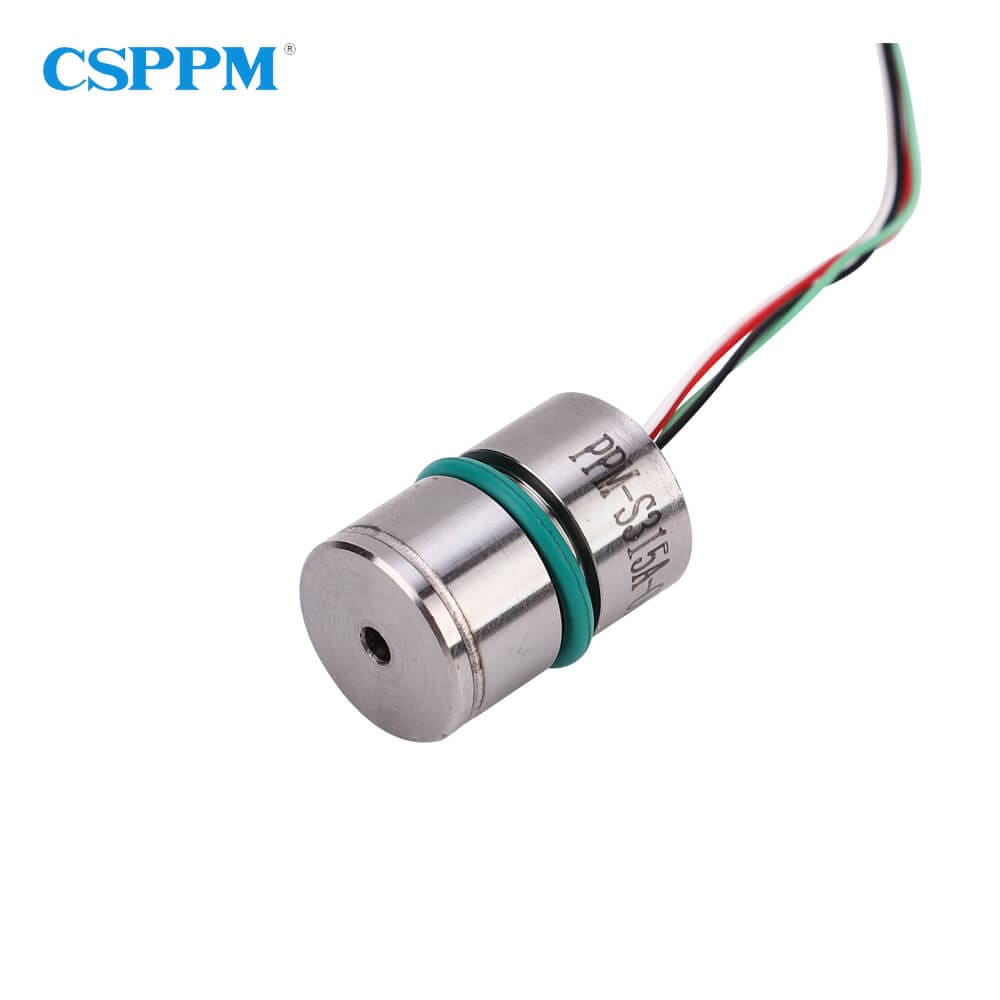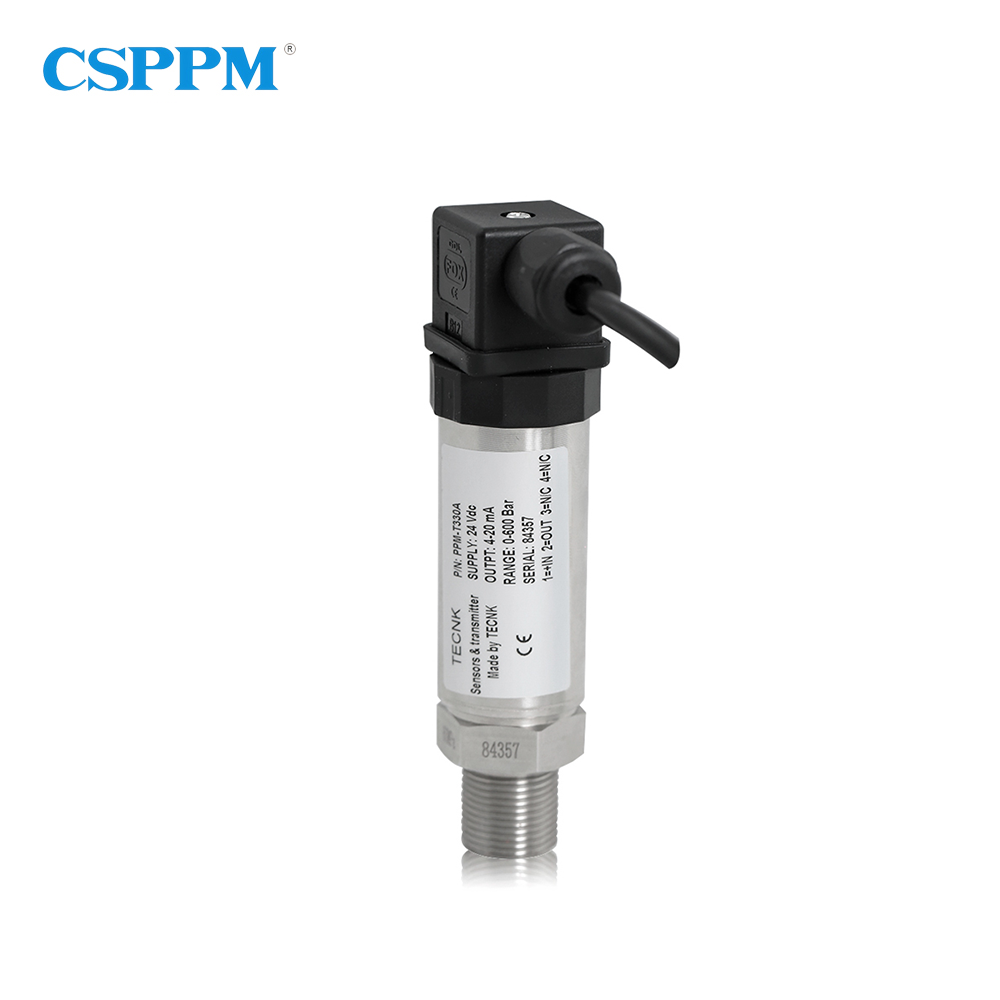Imagine a high-stakes environment—think oil rigs or pharmaceutical manufacturing—where the safety and functionality of operations hinge on one crucial component: the high temperature pressure sensor. This device plays a vital role in ensuring precision, performance, and safety under extreme conditions. Yet, how often do we question their reliability? Are we aware of the hidden flaws that traditional sensors might bring? The truth is, a high temperature pressure sensor is not just another piece of equipment; it’s a lifeline in these challenging scenarios.

Understanding the Flaws of Traditional Solutions
In many industrial applications, traditional pressure sensors often fall short. They may lack the required temperature stability, resulting in inaccurate readings, especially in high-temperature scenarios. In fact, a significant percentage of sensor failures can be attributed to outdated technology that cannot withstand rigorous conditions. This leads to operational downtimes and costly replacements—an unnecessary headache for any business.
The Principles Behind New Technologies
Fortunately, advancements in sensor technology are addressing these shortcomings. Modern high temperature pressure sensors now utilize cutting-edge materials and design principles that enhance durability and accuracy. Through innovations like silicon-based sensing elements, biocompatibility, and superior electronic interfaces, these devices are engineered for resilience in demanding environments. Look, it’s simpler than you think—current high temperature pressure sensors bring reliability to your processes.

Quantified Benefits for Users
Users benefit significantly from adopting these new pressure sensor technologies. Studies indicate that switching to a high temperature pressure sensor can lead to a 30% increase in measurement accuracy and a substantial reduction in maintenance costs, ultimately improving operational efficiency. In industries where every decision counts, such enhancements can be a game-changer.
Actionable Evaluation Criteria
Before selecting a pressure sensor, always verify these 3 metrics: ① Accuracy—ensure it meets industry standards, ② Temperature range—confirm it can handle your required extremes, and ③ Reliability—assess the manufacturer’s track record in real-world applications. Investing time in evaluating these parameters will yield a high return on investment.
A Closer Look at Low Temperature Pressure Sensors
For applications that require precise measurements at lower temperature ranges, the low temperature pressure sensor offers crucial advantages. While traditional sensors may struggle in frigid conditions, modern low temperature pressure sensors are designed to provide consistent reliability and accuracy. Why compromise on performance when your operation’s success is on the line? It’s essential to deploy sensors that can withstand the cold while delivering dependable results.
Why High Temp Pressure Transmitters Matter
When dealing with high pressure and temperature environments, utilizing a high temp pressure transmitter is paramount. These transmitters are engineered to ensure that data collection is not only accurate but also real-time, reducing the risk of errors that could alter the course of operations. Businesses that rely on precise pressure readings will find these transmitters indispensable as they navigate the complexities of their workflows.
In summary, high temperature pressure sensors and their low temperature counterparts represent critical components within various industrial frameworks. Implementing these advanced technologies can drastically improve measurement accuracy, reduce downtime, and enhance overall efficiency. For those seeking a reliable manufacturer, look no further than CSSPM Sensor. Their supply advantages and commitment to quality make them an industry leader in sensor technology.
